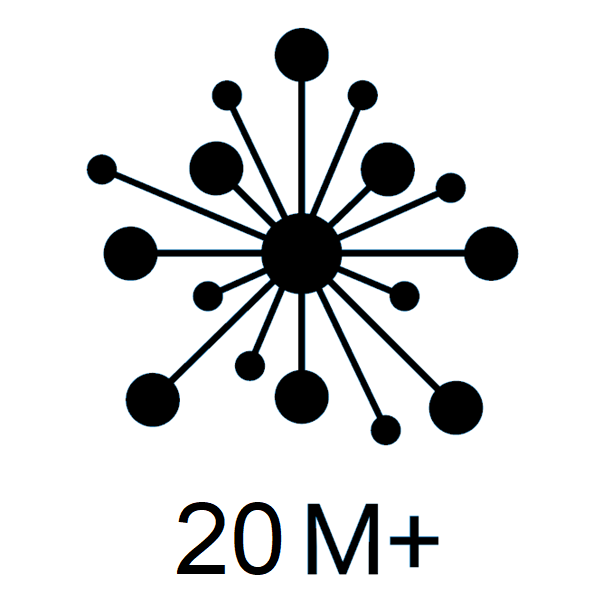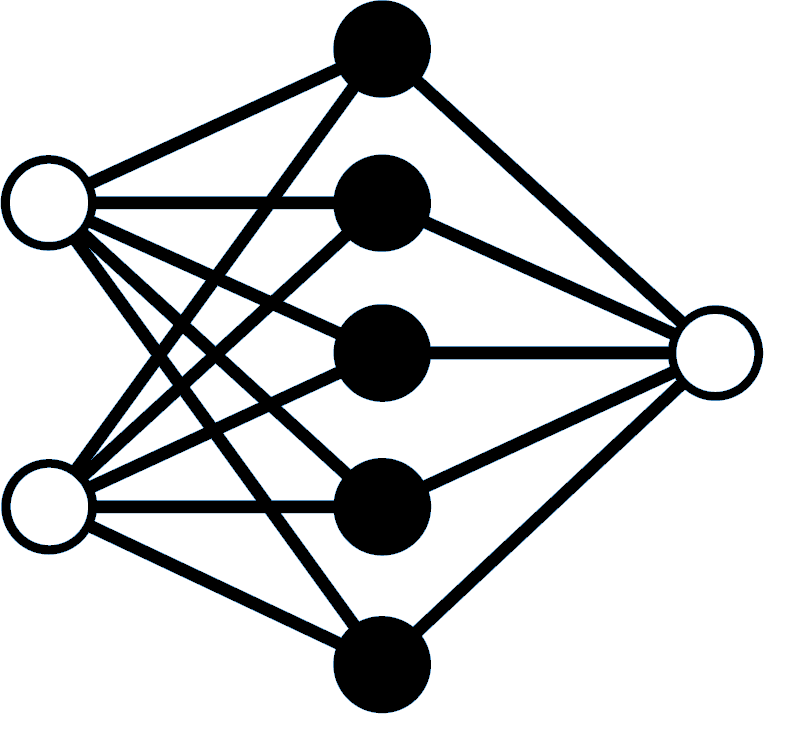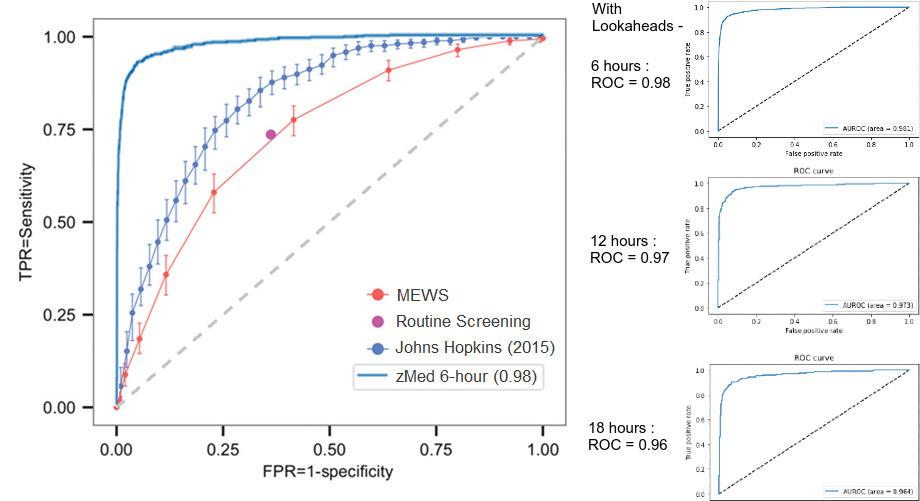Clinical Artificial Intelligence
Improve clinical outcomes for patients using advanced AI technologies using AI multi-model approach developed by zMed. The AI model is built into the zMed app and also made available through RESTful APIs
Improve operational efficiency and survival rates in ICUs using zMed AI Solutions
for early Sepsis detection and in-patient mortality warning systems.
Solutions
AI solutions, built on millions of patient data points, for early detection of clinical events, brought to you through REST based APIs.
Sepsis and Mortality
AN AI PLATFORM FOR SEPSIS DETECTION and MORTALITY INDEX
A proprietary, novel deep learning algorithm that has been developed exclusively for
early detection of sepsis and mortality condition in critical care patients.
An AI solution, built on 20+ million points of patient data for early detection of
Sepsis and Mortality. This solution helps clinicians to monitor, and effectively
manage patients with a high risk of sepsis or mortality with real-time analysis and
context-sensitive alerts.
ADVANTAGES

Automation

Early Detection

Precision
FEATURES
 Data Intensive
Data Intensive
Trained on a database comprising more than 20 million de-identified health-related data points.
 Early Diagnosis of Sepsis and Mortality Index
Early Diagnosis of Sepsis and Mortality Index
Compared to traditional scoring mechanisms like SIRS, MEWS, NEWS, this AI algorithm has much higher accuracy, with lookaheads of 6, 12 and 18 hours; and 2 days in-patient mortality.

Adaptability
We harness the power of real-time time series data, from the EHR, to virtually compute a unique signature for each patient which captures the variability and crucial fluctuations to give an accurate prediction.
The algorithm adapts itself depending on the availability of features being input (from the choices of - vitals, lab, comorbidities and drugs), and based on the data density to automatically choose the best model and deliver the best prediction.

Precise
We surpass the accuracies of traditional scoring mechanisms like SIRS, aSOFA, MEWS, NEWS, TREWScore, and other deep learning based solutions, providing predictions 6, 12 and 18 hours before onset of sepsis (98% ROC, 96% Accuracy).
The AI algorithm predicts 48-hour ICU mortality with a ROC of 98% and accuracy of 95%.

ICU Discharge Prediction
AN AI MODEL THAT PREDICTS IF A PATIENT CAN BE DISCHARGED FROM ICU OR NOT
An AI model using traditional machine learning techniques has been built to predict if a patient can be discharged from ICU.
The model is built based on the NLD (Nurse Led Discharge) criteria,
Glasgow Coma Scale and Airway are the most important features considered in building the model.
ADVANTAGES
FEATURES

| PRECISION | RECALL | F1-SCORE | |
|---|---|---|---|
| 0.0 | 1.00 | 0.82 | 0.90 |
| 1.0 | 0.88 | 1.00 | 0.94 |
| Accuracy | 0.92 |
Confusion Matrix
The model got approximately 7% false positives and 0.001% false negatives.
| True Values | Predicted Values | ||
|---|---|---|---|
| 0 | 1 | ||
| 0 | (True Positives) 1673 | (False Positives) 359 | |
| 1 | (False Negatives) 7 | (True Negatives) 2750 | |
A model to predict the probability of readmission within 30 days of discharge from ICU has also been included. This helps in closely monitoring the patients who are ready to discharge from ICU but has a high probability of readmission within 30 days.
SOFA score, LODS, SIRS, OASIS scores are few of the important features considered in predicting the readmission probability. This model achieved a mean ROC of 76%

